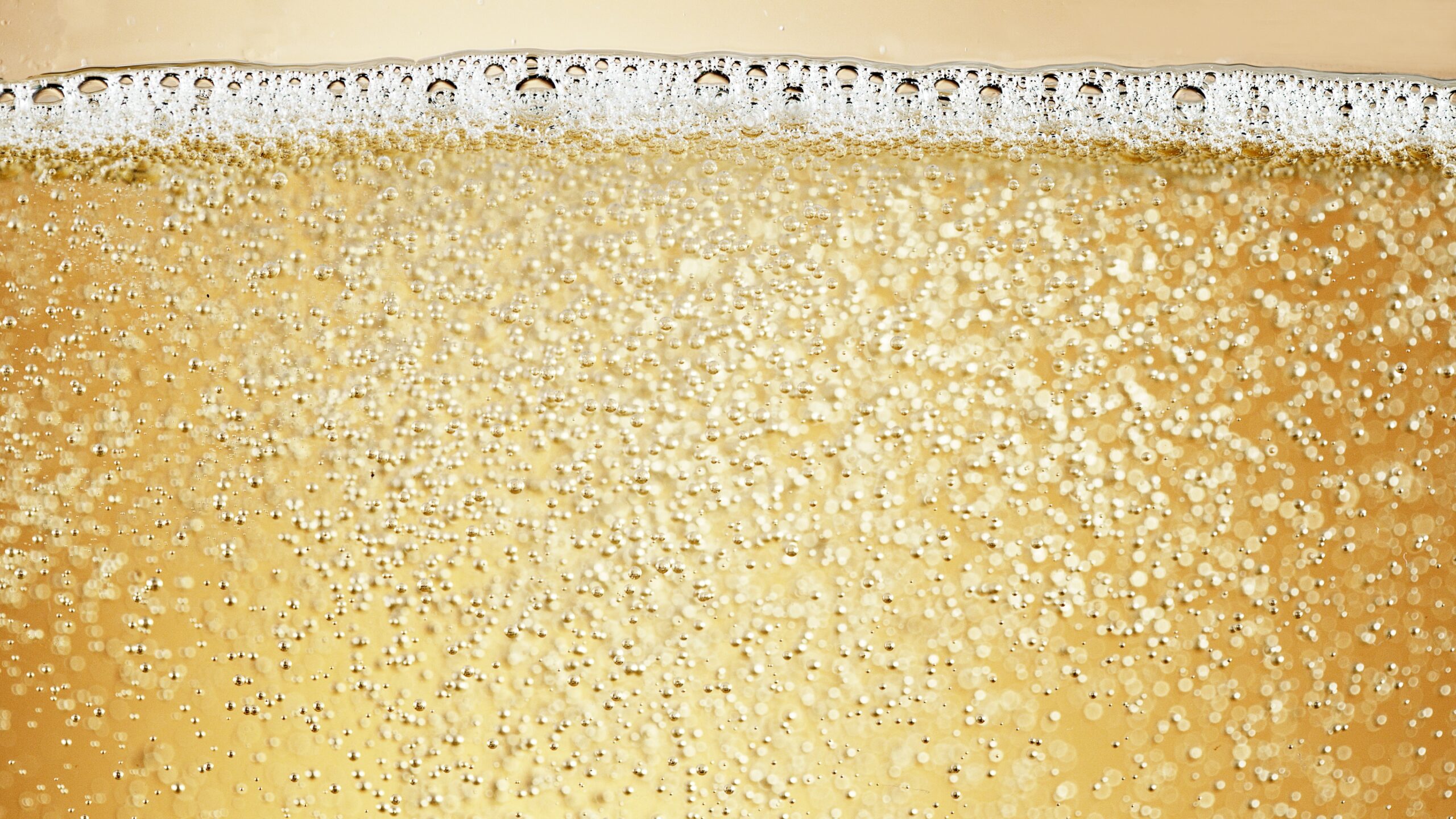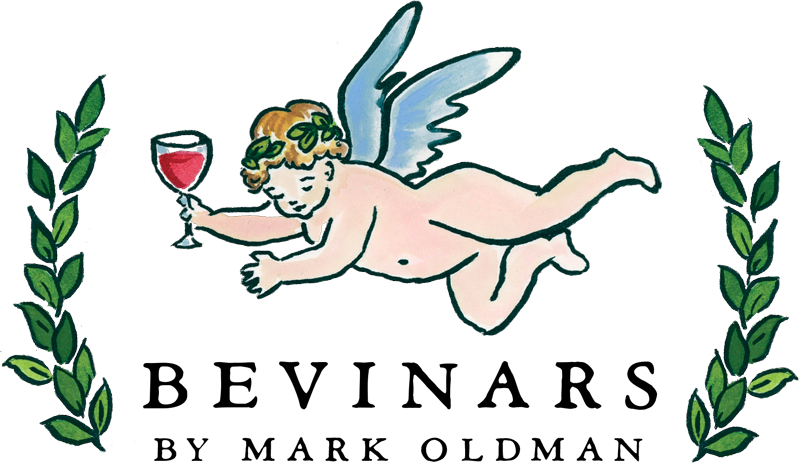Little-known Nuggets about Pet-Nat Wines

Say, "pet-nat"
It rolls off the tongue resembling a code that the uninitiated will fail to comprehend, but still invoking something down-to-earth and non-elitist: “Pet-Nat.” It’s intriguing, although saying original French is substantially more elegant.
The “pet-nat” wines have become the latest trend to arrive in the world of wine, closely linked with the “natural wine” trend. The term comes from “Pétillant Naturel,” which in French designates naturally produced and slightly sparkling wines. Pet-nat therefore refers to both a style and the way such wines were produced. Over the past decade, pet-nat wines have made their way to the tables of the most curious sommeliers, the tastings of natural wine enthusiasts, the seekers of the latest in wine trends, and even many Instagram feeds. Those who have tried them generally form a firm and unwavering opinion; they either love them or hate them.
A few nuggets of information regarding pet-nat wines will help dispel any mystery that might prevent you from trying them, no matter what the ultimate verdict. To explore the style further, it’s a great idea to sign up for a virtual wine class.
The History of Pet-Nat
• Winemakers produce natural sparkling wines using the simplest and oldest technique, called the Ancestral Method (different from the “Traditional Method” used in Champagne or Cava). At first, these sparkling wines were chance products and required the invention of the glass bottle to stabilize them. In colder regions, such as Champagne, winter brought about a drop in temperature, halting the fermentation process by making the wine yeast inactive. In the late seventeenth century, these wines were bottled during the winter cold, and with the arrival of warmer weather, yeast activity resumed inside the bottle. During alcoholic fermentation, yeast consumes the sugar in the must, turning it into alcohol, generating carbon dioxide among other associated phenomena. Normally, this gas is expelled from the fermentation vessel; but in sealed bottles, it integrates into the liquid, creating what we know as sparkling wines.
• The early closures, before cork came into common use, struggled to contain the pressure inside the bottle, resulting in spontaneous celebrations in many cellars come springtime (and often broken bottles). However, when these bottles were opened for consumption, they offered the pleasant surprise of a wine totally different from what had been produced until then. It was fizzy and sparkled!
• What was clearly initially an accidental discovery and long considered a wine defect (and a nightmare for winemakers) led some to seek ways to recreate it intentionally, particularly in northern France. They learned to control fermentation and choose the bottling time to integrate the carbonation, developing cork closures that prevented accidental openings. The wine went directly from the fermentation tank to the bottle. This method means that only the sugars and yeast present in the wine, without any additions, end up in the bottle.
Pet-Nat Comes into Vogue
• In pet-nat wines, once fermentation finishes, the lees, yeast remnants, and other substances remain inside the bottle, usually causing some haziness. Pet-nat wines are made following this ancestral method, allowing winemakers the freedom to experiment and add different variations according to what interests them. Today, temperature-controlled tanks to cool and halt fermentation at the right moment before bottling are the essential technological tool in producing these wines.
• The current boom of these wines can be initially traced back to the Loire wine region in France in the 1990s. At that time, the early natural wine trend had commenced, and some winemakers, including Thierry Puzelat and the sadly departed Christian Chaussard, who is credited with coining the term “pét-nat,” experimented in their cellars with minimal intervention wines. The emergence of this wine style might have been accidental or intentional, but they became the wines shared among friends during casual celebration. Gradually, other winemakers, perhaps encouraged by it being a simpler and cheaper method than the traditional one, began to explore the technique.
• In recent years, the style has become internationalized, with wines coming from various wine regions.
All About Today's Pet-Nat Wines
• Pét-nat wines can include as white, rosé, or red wines, mainly from cold region vintages, with lower alcohol levels, dry or with a low level of residual sugar. They are slightly sparkling, often presenting visible sediment that sometimes cloud the wine because, following natural wine principles, they are not filtered.
• The most distinctive external feature is that most bottles are closed with a crown cap. These wines are usually marketed under the legal category of generic wine, or vin de table, since they do not fit into higher legal categories or appellations based on geographic criteria.
• The early pet-nat wines were entirely “wild.” The wine didn’t undergo any disgorgement or stabilization, staying true to the spirit of natural wines made with minimal intervention to express terroir to the fullest. Those bottles, and all those made with the same philosophy, were a sort of roulette where the wine could have evolved in a completely different direction, towards the sublime or the undrinkable.
• This unpredictability is also one of the greatest appeals for pet-nat enthusiasts; they are surprising and fun, very fun. The wines are fresh, delicious, reminiscent of the grapes used in their production, and reflect the lees’ presence, contributing to aroma and flavor.
• But be careful; one can encounter aromas of different defects that developed during and after bottle fermentation. The problem is that sometimes these defects are so numerous and prominent that the wine is ruined. Unpleasant aromas and a pasty consistency in the mouth, resulting from the lees (i.e., dead yeast cells), require a strong inclination toward natural wines for someone to say they like it, beyond the fun aspect of trying something nearly undrinkable.
• Recently, more “civilized,” and for some purists, less authentic versions of pet-nat wines have undergone disgorgement to remove sediments. They are also sometimes pasteurized to prevent destabilization after being commercialized. Be sure to check the label for information.
The Irony of Pet-Net
One crucial item to remember is that the goal of most pet-nat wines is not to be scrutinized from the perspective of premium wines, but to be consumed in informal and carefree social situations for pure enjoyment. This will attract new enthusiasts to the style. It’s highly probable that these wines may never reach most consumers and remain confined to a small niche of devoted fans of the “natural” and the unexpected. However, who can predict the future? Many people said that “natural wines” were a passing trend, yet considering the impact and influence they’ve achieved in wine industry today, they might regret those words.
Life is full of paradoxes, and in this case, the oldest method of making sparkling wines, born from one of the oldest defects of bottled wines, has become the latest frontier of “modern” wine consumption, which may be one of the greatest ironies in the history of wine.



